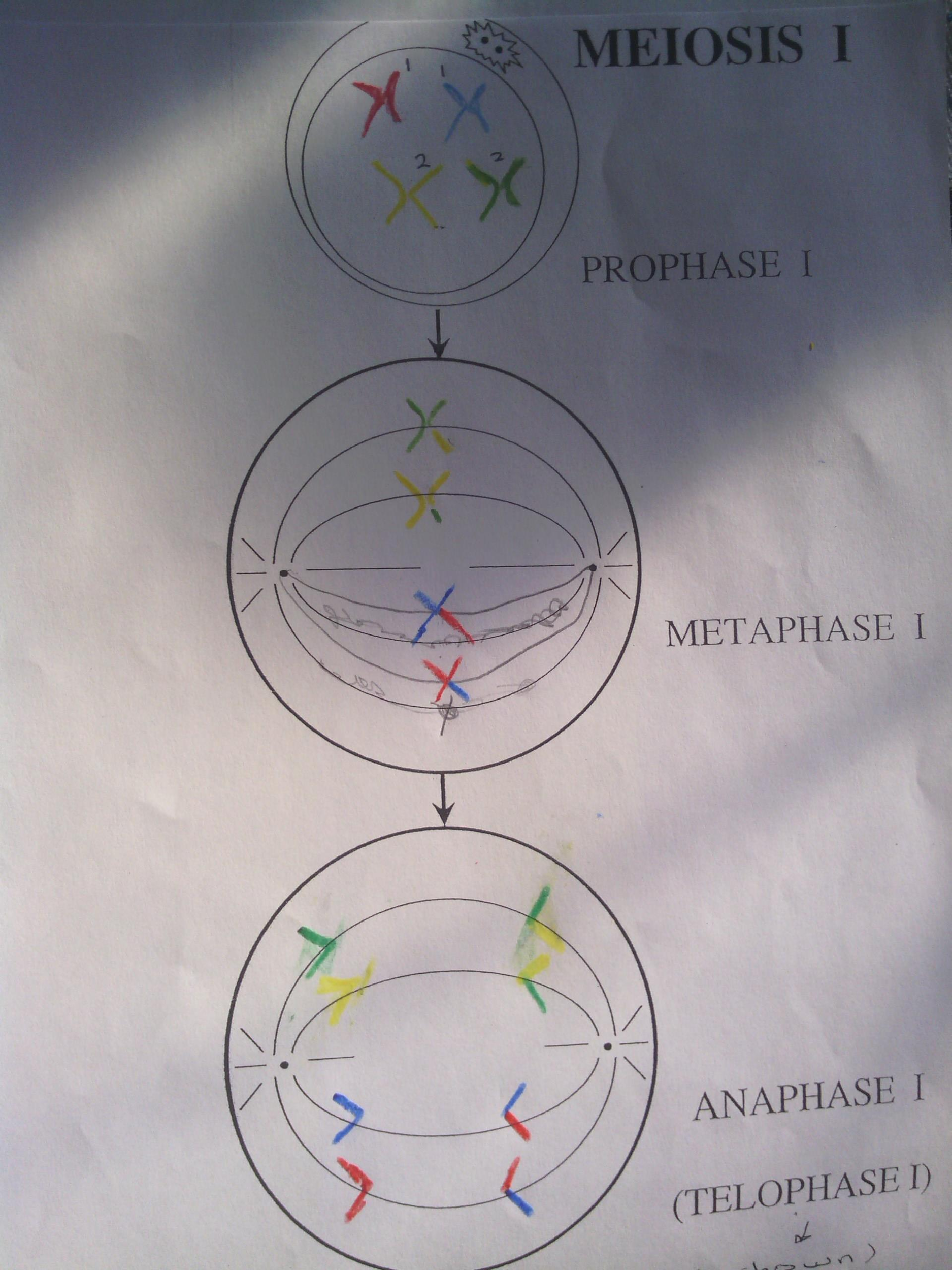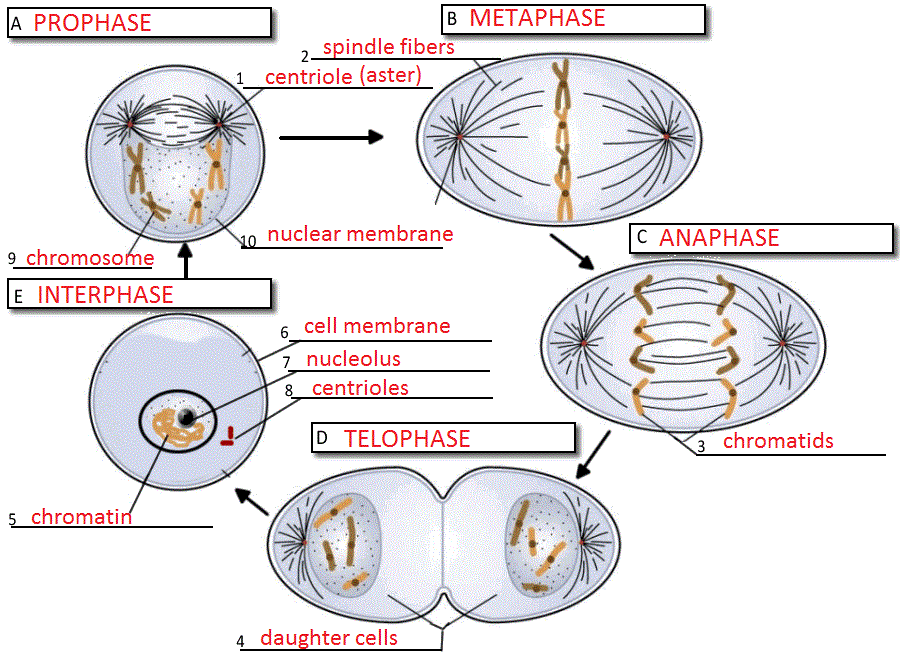
The kinetochore becomes attached to the mitotic spindle. Sister chromatids line up at the metaphase plate.Which of the following is the correct order of events in mitosis? (credit “diagrams”: modification of work by Mariana Ruiz Villareal credit “mitosis micrographs”: modification of work by Roy van Heesbeen credit “cytokinesis micrograph”: modification of work by the Wadsworth Center, NY State Department of Health donated to the Wikimedia foundation scale-bar data from Matt Russell) Mitosis is usually accompanied by cytokinesis, shown here by a transmission electron microscope. Figure 6.4 Animal cell mitosis is divided into five stages-prophase, prometaphase, metaphase, anaphase, and telophase-visualized here by light microscopy with fluorescence.
Prophase metaphase series#
Mitosis is divided into a series of phases-prophase, prometaphase, metaphase, anaphase, and telophase-that result in the division of the cell nucleus (Figure 6.4). The second portion of the mitotic phase, called cytokinesis, is the physical separation of the cytoplasmic components into two daughter cells. The first portion of the mitotic phase, mitosis, is composed of five stages, which accomplish nuclear division. The mitotic phase is a multistep process during which the duplicated chromosomes are aligned, separated, and moved to opposite poles of the cell, and then the cell is divided into two new identical daughter cells. To make two daughter cells, the contents of the nucleus and the cytoplasm must be divided. The final preparations for the mitotic phase must be completed before the cell is able to enter the first stage of mitosis. There may be additional cell growth during G 2. Some cell organelles are duplicated, and the cytoskeleton is dismantled to provide resources for the mitotic spindle. In the G 2 phase, or second gap, the cell replenishes its energy stores and synthesizes the proteins necessary for chromosome manipulation. Centrioles are not present in the centrosomes of many eukaryotic species, such as plants and most fungi. The centrosome consists of a pair of rod-like centrioles at right angles to each other. The two centrosomes will give rise to the mitotic spindle, the apparatus that orchestrates the movement of chromosomes during mitosis. The centrosome is duplicated during the S phase. At this stage, each chromosome is made of two sister chromatids and is a duplicated chromosome. In the S phase (synthesis phase), DNA replication results in the formation of two identical copies of each chromosome-sister chromatids-that are firmly attached at the centromere region. Throughout interphase, nuclear DNA remains in a semi-condensed chromatin configuration. The cell is accumulating the building blocks of chromosomal DNA and the associated proteins, as well as accumulating enough energy reserves to complete the task of replicating each chromosome in the nucleus. However, during the G 1 stage, the cell is quite active at the biochemical level. The first stage of interphase is called the G 1 phase, or first gap, because little change is visible. The three stages of interphase are called G 1, S, and G 2. For a cell to move from interphase to the mitotic phase, many internal and external conditions must be met. Interphaseĭuring interphase, the cell undergoes normal processes while also preparing for cell division. Usually the cell will divide after mitosis in a process called cytokinesis in which the cytoplasm is divided and two daughter cells are formed. Mitosis is nuclear division during which duplicated chromosomes are segregated and distributed into daughter nuclei.

During interphase, G1 involves cell growth and protein synthesis, the S phase involves DNA replication and the replication of the centrosome, and G2 involves further growth and protein synthesis. Watch this video about the cell cycle: Figure 6.3 A cell moves through a series of phases in an orderly manner. During the mitotic phase, the replicated DNA and cytoplasmic contents are separated and the cell divides. During interphase, the cell grows and DNA is replicated.

The cell cycle has two major phases: interphase and the mitotic phase ( Figure 6.3). Cells on the path to cell division proceed through a series of precisely timed and carefully regulated stages of growth, DNA replication, and division that produce two genetically identical cells. The cell cycle is an ordered series of events involving cell growth and cell division that produces two new daughter cells.

Describe the three stages of interphase.By the end of this section, you will be able to:


 0 kommentar(er)
0 kommentar(er)
